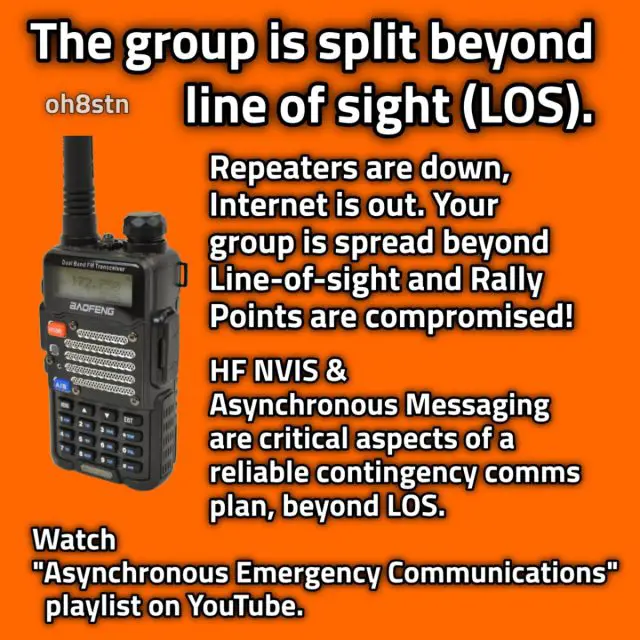Have you ever considered creating your off-grid communications system using ham radio and other tools? In this article, you will learn everything you need to know to get started and build a reliable system that will keep you connected when traditional communication networks are down. Let’s dive into the world of off-grid communications and explore the possibilities of ham radio and beyond.
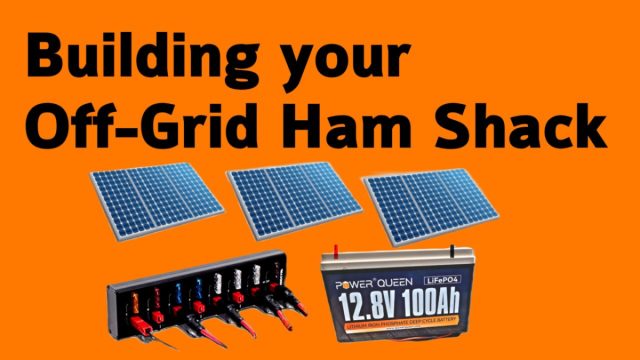
Understanding Off-Grid Communications
Setting up an off-grid communications system can be a crucial step in preparing for emergencies or staying connected in remote locations. With the rise in natural disasters and unpredictable events, having a reliable means of communication is essential. Ham radio, also known as amateur radio, is a popular choice for off-grid communication due to its versatility and long-distance capabilities.
Why Choose Off-Grid Communications?
When traditional communication networks fail, an off-grid communications system can be a lifesaver. By setting up your system, you can maintain communication with others, access emergency services, and stay informed about the situation at hand. Off-grid communication tools like ham radio offer a decentralized and independent way to connect with others when you need it most.
Getting Started with Ham Radio
Ham radio, or amateur radio, is a popular hobby and emergency communication tool used by millions worldwide. It allows licensed operators to communicate with each other over long distances using various frequencies and modes. To get started with ham radio, you will need to obtain a license from your country’s telecommunications regulatory authority.
Obtaining a Ham Radio License
To legally operate a ham radio, you must first obtain a license from your country’s telecommunications regulatory authority. Licensing requirements vary by country, but most require passing a written exam to demonstrate your knowledge of ham radio regulations, operating procedures, and technical basics. Once you have passed the exam, you will receive a unique callsign that identifies you on the airwaves.
Choosing the Right Equipment
When setting up your off-grid communications system with ham radio, choosing the right equipment is essential. You will need a transceiver (a combination of a transmitter and receiver), an antenna, a power source (such as a battery or solar panel), and accessories like coaxial cable and connectors. There are various types of ham radios available, ranging from handheld transceivers to base stations with more power and features.
Setting Up Your Ham Radio Station
Once you have obtained your license and acquired the necessary equipment, it’s time to set up your ham radio station. Find a suitable location for your station with minimal interference, such as a high ground with a clear line of sight. Install your antenna, connect it to your transceiver, and power up your station. Tune into frequencies of interest, make contact with other operators, and start exploring the world of ham radio communication.
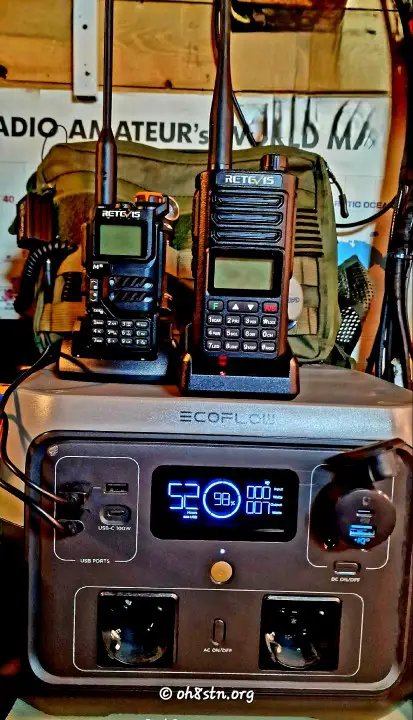
Beyond Ham Radio: Additional Off-Grid Communication Tools
While ham radio is an excellent choice for off-grid communication, there are other tools and technologies you can incorporate into your system for added versatility and reliability. From satellite phones to mesh networking devices, these tools can enhance your connectivity and keep you connected in various scenarios.
Satellite Communication Devices
Satellite phones and devices offer a reliable way to stay connected in remote areas where traditional communication networks are unavailable. These devices use satellites to transmit voice calls, text messages, and data, making them suitable for emergencies, expeditions, and off-grid living. While satellite communication can be more costly than ham radio, it provides a direct link to the outside world when you need it most.
Mesh Networking Devices
Mesh networking devices create a local network by connecting multiple devices wirelessly, allowing users to communicate without traditional infrastructure. These devices can be useful in emergencies, outdoor adventures, or community networks where internet access is limited or nonexistent. By forming a mesh network, users can share information, access services, and stay connected without relying on external networks.
Weather Radios and Emergency Beacons
Weather radios and emergency beacons are essential tools for receiving weather alerts, emergency broadcasts, and distress signals in remote areas. Weather radios can provide real-time updates on weather conditions, severe storms, and other hazards, while emergency beacons can send distress signals with your location to search and rescue teams. By adding these tools to your off-grid communications system, you can stay informed and call for help when needed.
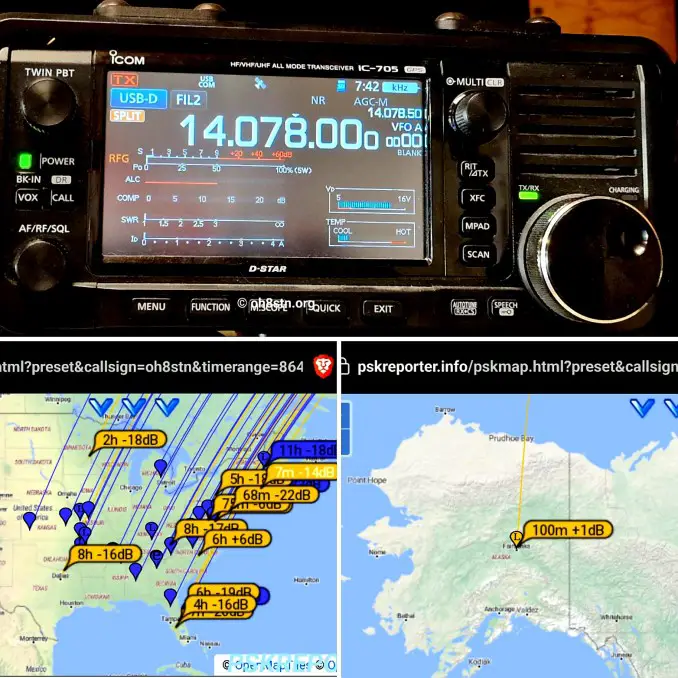
Building a Resilient Off-Grid Communications System
To build a resilient off-grid communications system that can withstand emergencies and keep you connected in challenging situations, it’s essential to plan carefully and test your setup regularly. By incorporating redundancy, flexibility, and reliable equipment into your system, you can ensure that your communication needs are met when traditional networks are unavailable.
Redundancy in Communication
Redundancy in your communication system involves having backup options in place in case one method fails. This can include having multiple communication devices (such as a ham radio and a satellite phone), diverse power sources (such as batteries and solar panels), and alternative forms of communication (such as messaging apps and email). By building redundancy into your system, you can maintain connectivity even in the worst-case scenarios.
Flexibility in Communication
Flexibility in your communication system means being able to adapt to changing circumstances and communication needs. This can involve having the ability to switch between different communication methods, frequencies, and modes depending on the situation at hand. By staying flexible and versatile in your communication approach, you can overcome obstacles and stay connected in diverse environments.
Testing and Maintenance
Regular testing and maintenance of your off-grid communications system are crucial to ensure that it functions correctly when needed. Test your equipment, antennas, and power sources periodically to identify any issues and address them promptly. Keep your batteries charged, your antennas clean, and your connections tight to maintain optimal performance. By practicing good maintenance habits and conducting regular tests, you can rely on your system when it matters most.
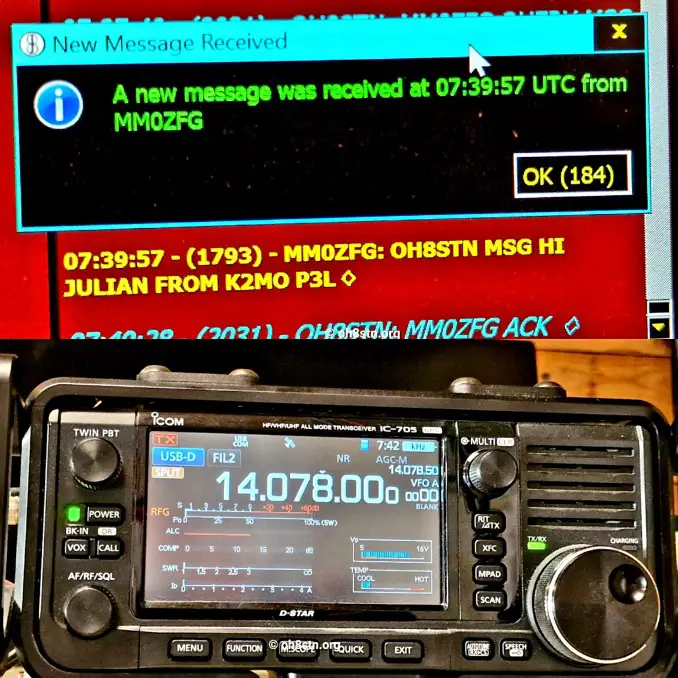
Conclusion
Building an off-grid communications system with ham radio and other tools can be a rewarding and empowering experience. By understanding the basics of off-grid communication, obtaining the necessary equipment, and incorporating additional tools for versatility, you can create a reliable system that will keep you connected in emergencies and remote locations. Whether you are a seasoned ham radio operator or a beginner exploring the world of off-grid communication, the possibilities are endless. Start building your system today and stay connected when it matters most.
